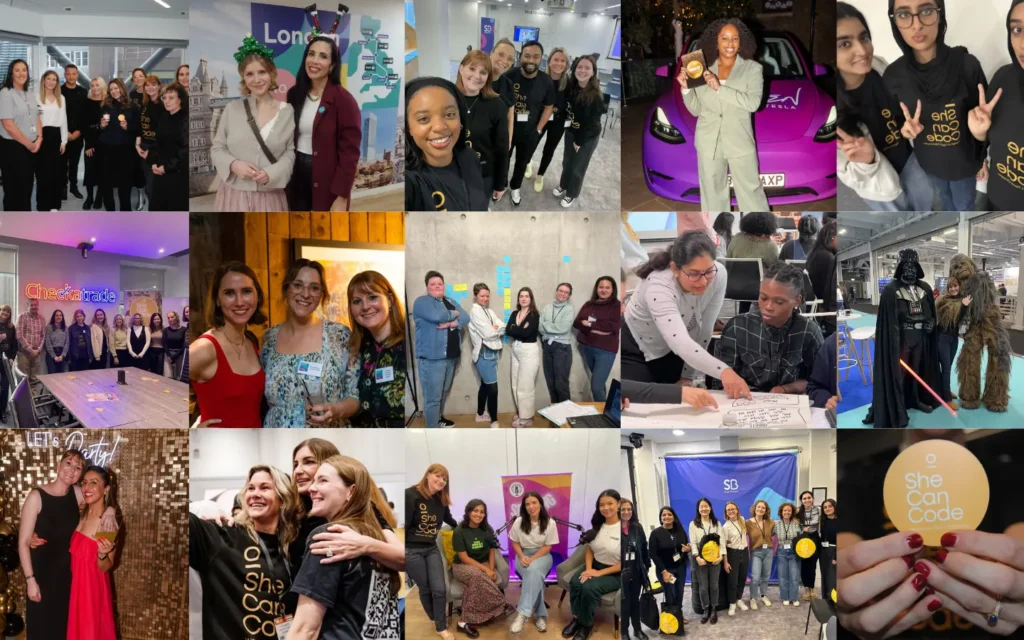 With Generative AI producing millions of outputs daily, the digital landscape is drowning in content.
With Generative AI producing millions of outputs daily, the digital landscape is drowning in content.
From e-commerce and banking to the arts and product design, AI-driven tools are enabling an explosion of information – both helpful and unhelpful – redefining the roles of human creators. But navigating, curating, and managing this vast sea of content presents a new set of challenges.
Recent data highlights the dramatic increase in AI-generated content. According to a 2023 report by Gartner, the number of AI-generated artworks and creative pieces has quadrupled since 2020, with AI-generated content expected to represent 30% of all digital content by 2025. Additionally, new research shows that AI systems risk collapsing into nonsense as more of the internet becomes filled by unchecked AI content.
Enter the AI curator, a solution poised to address the potential overload of AI-generated information. This bespoke system, which aligns with AI in the workplace: The benefits of ChatGPT, is designed to choose, organize, and display content in a meaningful way for specific audiences.
The Business Case for AI Curation
As the volume of AI-generated content skyrockets, the AI curator is a crucial mediator. AI curation offers a solution by leveraging machine learning and natural language processing to sift through massive datasets, identifying the most relevant and high-performing content for specific audiences. This not only enhances discoverability but also ensures that valuable tools and solutions do not get lost in the noise.
AI in Action: A Curated Partnership
AI curation is already making significant inroads in various sectors. News platforms like The Washington Post use AI to curate and recommend articles, tailoring content to individual preferences and keeping readers coming back for more.
In the arts, museums grapple with the sheer volume of creative works, something AI curators can help with, providing new ways to engage audiences and uncover hidden masterpieces.
For instance, the Rijksmuseum in Amsterdam has used AI to digitise and curate its extensive collection. The museum’s “Operation Night Watch” project employed AI to assist in the restoration and study of Rembrandt’s iconic painting. By analysing high-resolution images, AI provided insights into the painting’s original colours and techniques, guiding conservators in their restoration efforts.
Personalisation and the Human Element
AI curation can drive innovation by uncovering hidden gems and emerging trends that might otherwise go unnoticed.
The most effective AI curation strategies adopt a hybrid approach, combining the power of machines with the nuanced understanding of human curators. Such approaches can bring a more authentic and empathetic touch to personalisation, ensuring that the final output retains a human element that algorithms alone often lack.
Challenges and Ethical Considerations
Despite its benefits, AI curation is not without challenges. One significant concern is the potential for bias in AI algorithms, which can perpetuate existing prejudices and inequalities.
Furthermore, the reliance on AI for curation raises questions about the diminishing role of human judgement and the potential loss of serendipity in discovery. While AI excels at identifying patterns and preferences, it may overlook unconventional or avant-garde works that do not fit established trends.
The Future of AI Curation
Looking ahead, the evolution of AI curation is set to become increasingly sophisticated, with advancements in explainable AI and hybrid models that combine human and machine intelligence. These systems will not only enhance the accuracy and relevance of curation but also provide transparency into how decisions are made, fostering greater trust and acceptance among users.








